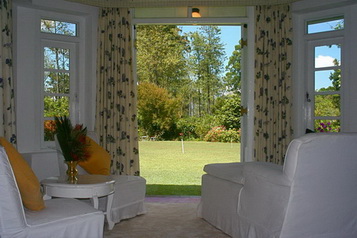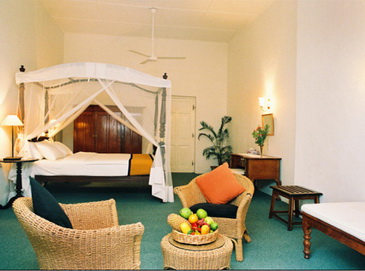The first Bostock arrived in Ceylon in 1884- John Henry Bostock. He arrived to take up the post of a resident engineer at the Colombo Harbour.
Norman Bostock, J.H. Bostock’s son was born in England and on leaving Marlborough College in 1910, he travelled to Sri Lanka.
At around the same time, Elizabeth Pyman and her sister Ruth, the two attractive daughters’ of a wealthy ship owner, embarked upon their cruise around the world.
As organized by the girl’s grandfather, on arrival in Ceylon, they were met by A.J. and Oswin Wickwar. They escorted the girls on many expeditions and adventures while they holidayed in Ceylon. It so happened that Norman Bostock happened to join them on some of these outings.
In a very short time Norman had decided that Elizabeth was the girl for him. Norman proposed to her in the Churchyard of a little village called Aislaby in Yorkshire. They were later married in Colombo in 1923.
The wedding was a grand affair and included several Ceylonese friends in the guest list.
During the 20’s Norman Bostock began to buy land 3 miles from Bandarawela with A.J. Wickwar. After convincing the Colombo Commercial Company, which was at the time wholly British owned, to invest the capital so that Aislaby factory could start functioning, Norman Bostock’s planting years began
Mark Bostock, Norman’s son was born in Ceylon, in September 1926 and spent most of his time here. In 1945, Mark returned to Ceylon when changing aircraft carriers as his ship, ‘The Indefatigable’ was going to Australia and he was destined for the pacific in a frightful American Liberty flat- top which he joined up in Trincomalee.
During the short time he spent with his father in Colombo, they purchased Kirchhayn, another small tea estate adjoining Aislaby in Bandarawela.
When demobilized from Trincomalee in 1947, Mark headed straight to Aislaby Estate, where he began to learn the art of tea planting, and tasting. Aislaby become a leading estate in the Uva with probably the most up-to date factory in Sri Lanka.
It was a devastating blow when Aislaby was nationalized in November 1973 and all that was left was “Kirchhayn Bungalow” and the 50 Acres of land that the family were allowed to retain.
Mark retired from John Keells in 1986. He sadly passed away in April 2000 and leaves behind his wife, Elizabeth and 2 daughters.
Close
 |
|||||||||
| HOME | HISTORY | DIRECTIONS | PICTURE GALLERY | LOCATION & HERITAGE | FAQ | CONTACT US | |||||||||
 |
|||||||||
 |
|||||||||
 |
|||||||||
 |
|||||||||
The first Bostock arrived in Ceylon in 1884- John Henry Bostock. He arrived to take up the post of a resident engineer at the Colombo Harbour. Norman Bostock, J.H. Bostock’s son was born in England and on leavning Marlborough College in 1910, he travelled to Sri Lanka.
At around the same time, Elizabeth Pyman and her sister Ruth, the two attractive daughters’ of a wealthy ship owner, embarked upon their cruise around the worldThe first Bostock arrived in Ceylon in 1884- John Henry Bostock. He arrived to take up the post of a resident engineer at the Colombo Harbour. Norman Bostock, J.H. Bostock’s son was born in England and on leaving Marlborough College in 1910, he travelled to Sri Lanka.
At around the same time, Elizabeth Pyman and her sister Ruth, the two attractive daughters’ of a wealthy ship owner, embarked upon their cruise around the world [Read more] |
|||||||||
 |
|||||||||
 |
 |
||||||||
 |
 |
 |
|||||||




